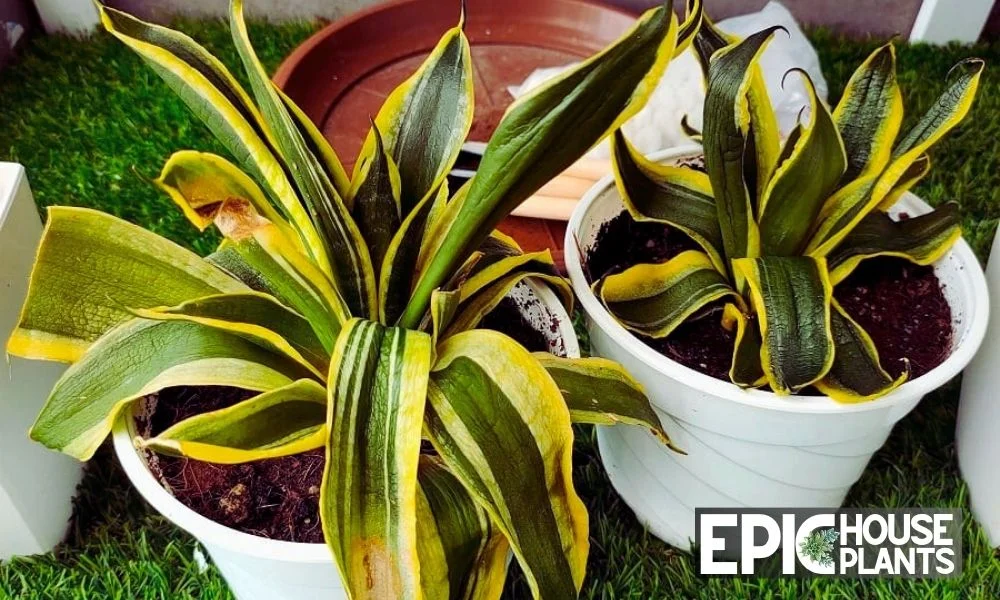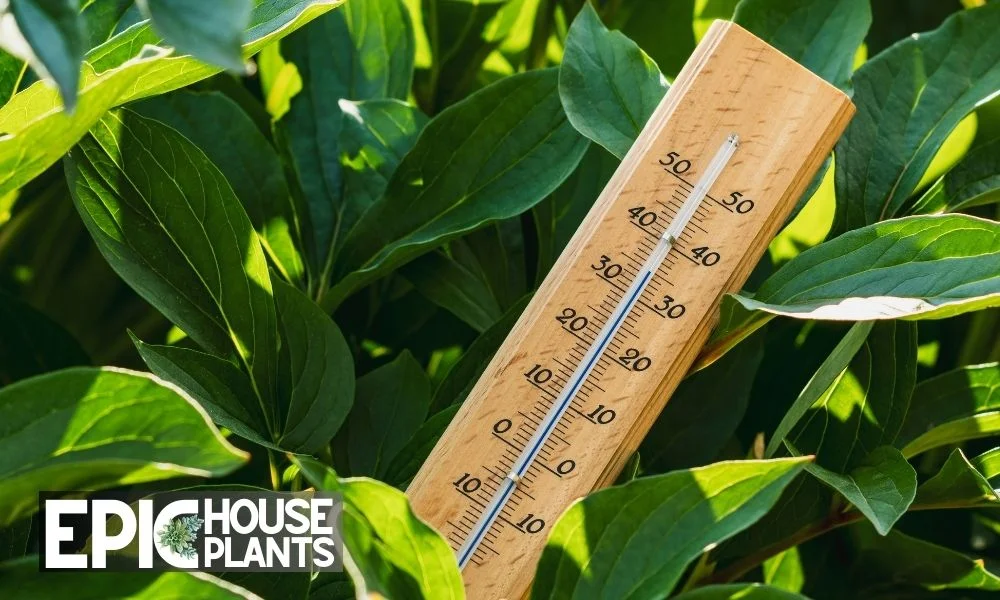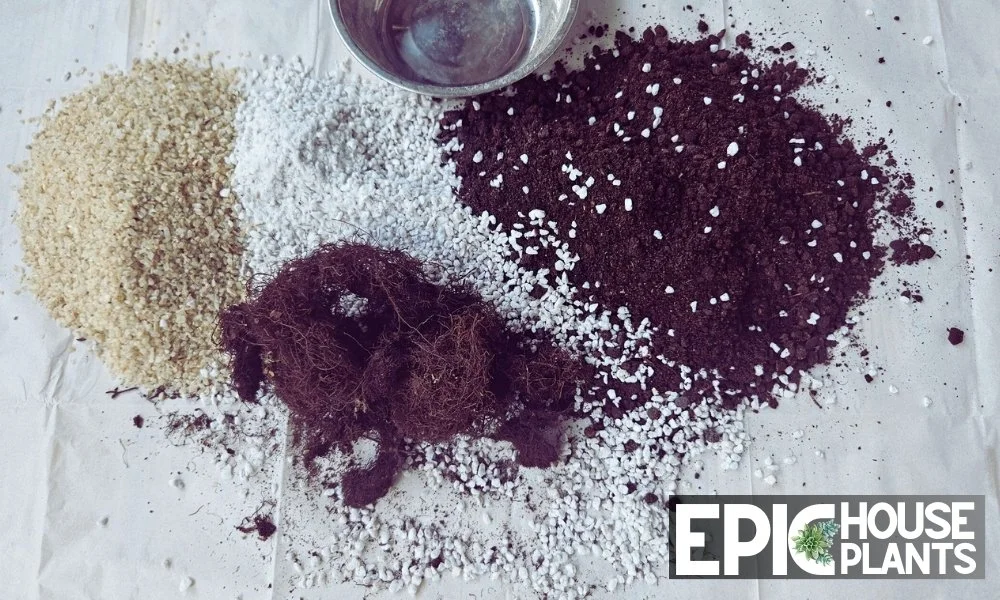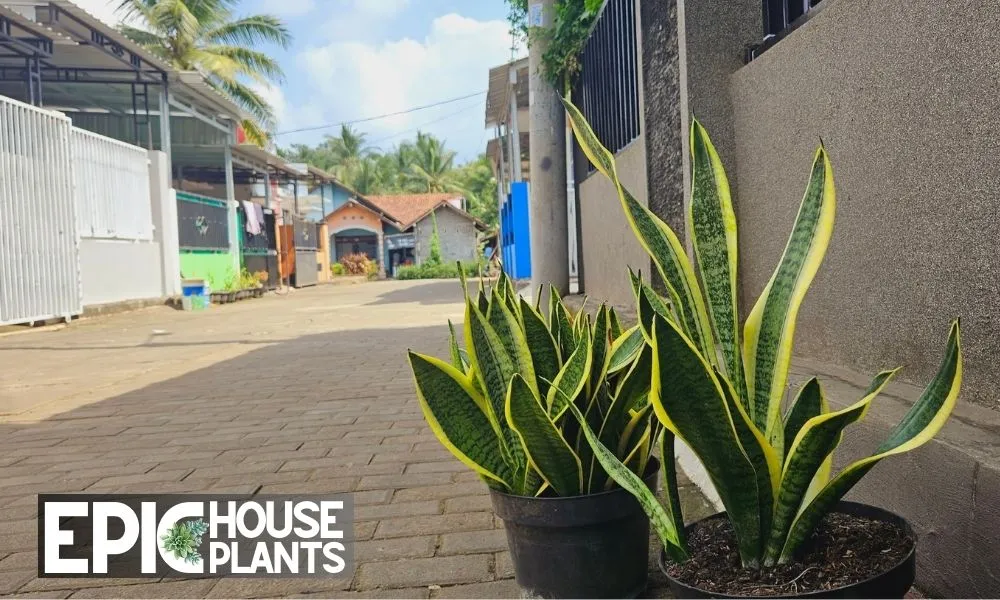Ah, the Snake Plant. This beauty is a regular feature in our homes, known for its hardy nature and sharp, striking leaves. It’s a sight to behold, those deep green leaves standing tall.
But have you ever wondered why sometimes those usually green leaves start turning yellow? Let’s dive in!

Understanding the Green in Plants
Our dear plants, like the snake plant, have a fantastic skill – they make their own food. Through a process called photosynthesis, they transform light into energy, with the help of a little green pigment known as chlorophyll.
The Role of Chlorophyll
Chlorophyll is pretty essential for our green friends. It gives plants their green color because it reflects green wavelengths of light. So when we gaze at our beloved snake plant and its luscious, shiny leaves, we’re seeing the magic of chlorophyll at work!
Losing the Green
When snake plant leaves start to turn yellow, it’s a sign they’re lacking chlorophyll. This is a key indicator that something’s not quite right in their environment, preventing them from making sufficient food.
Why are my Snake Plant Leaves Turning Yellow?
I’ve seen my share of challenges with the sturdy Snake Plant, including the mysterious yellowing of leaves. Let’s dive into the different causes behind this and how to tackle them.
Overwatering: A Common Misstep

Ironically, our good intentions can sometimes hurt our Snake Plants. One common cause of yellow leaves is overwatering.
How Overwatering Affects Snake Plants
Our first culprit is something that might surprise you – overwatering. Yes, believe it or not, snake plants aren’t fond of too much water. They’re more likely to suffer from root rot if left damp in soggy soil for extended periods.
When roots get damaged by overwatering, they struggle to absorb nutrients from the soil. As a result, the leaves don’t receive sufficient nutrients, causing them to turn yellow.
Treatment for Overwatering
Preventing overwatering is simple: water your snake plant only when the soil is completely dry. This way, the roots remain healthy and the leaves retain their green hue.
💡Also Read: To better understand this, you might find our other article helpful. Unlock the Secret: How Often to Water Snake Plant provides a more detailed guide on watering snake plants.
Underwatering: A Less Known Issue
Surprisingly, underwatering can also be a cause of yellow leaves, even though Snake Plants are known for their drought tolerance.
How Underwatering Affects Snake Plants
Without water, your plant cannot absorb essential minerals, impeding photosynthesis and nutrient transport throughout its tissue. This nutrient deficiency often results in yellowing or discoloration.
Underwatering Treatment
If your plant has been too dry for too long, don’t panic. The treatment is simple: give your Snake Plant a good soak.
To help you out, here’s a step-by-step guide:
- Check the soil: If it’s completely dry, it’s time to water.
- Prepare your water: Room temperature is ideal.
- Water thoroughly: Ensure water runs out of the bottom of the pot.
- Let it drain: Never let your Snake Plant sit in water.
- Check again in a week: If the soil is dry, repeat the process.
Lack of Nutrients

Believe it or not, even our hardy Snake Plants run out of their nutritional supply after some time.
Depletion of Nutrients
When you first buy your Snake Plant, it comes with a decent amount of nutrients in its potting mix. But with time, like any other houseplant, it exhausts this supply.
Importance of Nutrients
Key nutrients like nitrogen, potassium, and iron contribute to the formation of chlorophyll. Their deficiency can cause the leaves to turn yellow.
Treatment for Nutrient Deficiency
To keep your plant healthy, apply fertilizer, but be cautious not to overdo it. The key is to strike a balance. Also, don’t forget to check out our article Do Snake Plants Need Light? Understanding The Lighting Requirements for some enlightening info.
Over-fertilization
Fertilizer can be a tricky thing. While it’s beneficial, too much of it can harm your Snake Plant.
Impact of Excess Fertilizer
Excessive nutrients in the soil can dry up and wither the roots, impairing their nutrient absorption and causing the leaves to turn yellow.
Treatment for Over-fertilization
To remedy this, apply fertilizer every 2-3 months during the growing season, and always follow the manufacturer’s recommendations on the amount to use.
Root Rot
Root rot, often a consequence of overwatering, can sneak up on you and cause serious damage to your Snake Plant.
Recognizing Root Rot
Signs of root rot usually appear after the disease has already affected parts above the soil line. Caused by excess water pooling around the roots, it prevents nutrient absorption, turning leaves yellow.
Impact of Root Rot
If untreated, root rot can lead to extensive damage and even death of your Snake Plant. Unhealthy roots are a feast for fungi and bacteria, causing them to decay.
Root Rot Treatment
The treatment for root rot involves several steps. Here’s a handy guide for you:
Treating Root Rot in Snake Plants:
- Remove the plant from the pot.
- Examine the roots for signs of fungus.
- Cut affected roots using sterile pruning shears.
- Apply hydrogen peroxide to the roots to prevent future fungal growth.
💡Also Read: For a more in-depth guide on repotting, check out our article on repotting snake plant using fresh soil.
Temperature Fluctuations

Snake Plants are tropical natives, and they like their temperature stable and warm.
Impact of Temperature Changes
Sudden spikes or drops in temperature can stress your plant. Freezing temperatures can damage the leaves, and high temperatures or heatwaves can speed up water loss and damage the proteins holding chlorophyll.
Yellowing Due to Temperature Changes
When these proteins are damaged, chlorophyll declines, and the leaves turn yellow.
Temperature Control Treatment
To treat this, ensure your Snake Plant is situated in a location in your home with more consistent temperatures.
💡Also Read: Our article Winter and Summer Challenges: Can Snake Plants Live Outside? will give you more insights on this topic.
Poor Drainage Pot

Finally, poor drainage can be another cause of yellowing leaves. It is essential to ensure the pot you choose for your Snake Plant has proper drainage.
Drainage Issues and Root Rot
A pot that lacks adequate drainage holes will trap excess water, leading to soggy soil. This damp environment is a breeding ground for root rot.
Yellowing Due to Poor Drainage
As with overwatering, root rot due to poor drainage impedes nutrient absorption, leading to yellow leaves.
Improving Drainage
The solution is simple: shift your Snake Plant to a pot with adequate drainage holes. This will help maintain the right moisture balance in the soil.
Poor Draining Soil

In my experience, the type of soil you use for your snake plant is crucial. Poor draining soil can contribute to your plant’s standing water problem, and we all know that standing water is a big no-no for snake plants.
The Danger of Stagnant Water
When water can’t move freely, it stagnates, leading to root rot. This robs your plant of essential nutrients and turns your vibrant leaves a sickly yellow.
Treating Soil-Related Problems
The solution to this problem is quite simple. Repotting the snake plant and changing to well-draining soil can work wonders.
If you’re uncertain about the type of soil to use, I recommend reading my article on the “7 Best Soil for Snake Plant + Make Your Own Soil Potting Mix” here.
Too Much Light: Sunlight Burn

Surprisingly, too much sunlight can turn your snake plant leaves yellow. Even the sun-loving snake plant has its limits.
Impact of Excessive Sunlight
Extended exposure to direct sunlight damages the cells of the leaves, leading to yellowing. It’s the plant’s way of saying it’s had a bit too much sun!
Treatment
To alleviate this, move your snake plant to a spot with indirect sunlight and a bit of shade. Your snake plant will thank you for it.
Poor Light Condition
Now, we have learned that too much light can cause yellowing in snake plants. But on the flip side, too little light can be harmful as well.
Effects of Insufficient Light
Contrary to our last point, too little light can also be harmful. Without enough light, snake plants will gradually weaken due to reduced photosynthesis, leading to chlorosis, a condition where leaves produce insufficient chlorophyll, turning them pale or yellow.
Adjusting Your Plant’s Light Conditions
To treat this, simply move your snake plant to an area with plenty of light.
Root Bound Plants: A Space Issue

How Crowded Roots Lead to Problems
When a snake plant becomes root-bound, its roots may become too crowded, leading to problems with water and nutrient absorption. This can result in yellow leaves.
Treatment for Root-Bound Plants
To fix this, transplant your snake plant to a larger pot using fresh potting soil.
💡Also Read: Learn how to properly repot a snake plant in our post: Repotting Snake Plant Like a Pro: A Comprehensive Guide
Pests and Fungal Infection
Not the most pleasant topic, but we need to talk about it. Pests or fungi infestations can lead to the discoloration of the snake plant leaves.
How Pests and Fungi Affect Snake Plants
Pests and fungal infections can suck the sap from the leaves, depriving the snake plant of nutrients and causing the leaves to turn yellow.
Treating Pest and Fungal Infestations
The solution? Apply neem oil to control the pests and fungal infections. Here’s a quick guide to do it:
- Purchase neem oil from a gardening store.
- Mix the neem oil with water following the recommended ratio on the package.
- Spray the mixture onto the plant’s leaves.
- Monitor your plant for improvements over the next few days.
Plant Aging: A Natural Process
Last but not least, let’s talk about the natural aging process of your snake plant.
Understanding Plant Aging
As plants age, the lower or older leaves may turn yellow, brown, and then die off. This yellowing occurs due to chlorophyll degradation.
This is a natural process and is nothing to worry about. Your plant isn’t sick; it’s just getting older!
Maintaining Your Aging Plant
Simply cut off the dead leaves using sterile pruning shears. Remember, a clean cut helps prevent the
Final Words
Understanding these causes of yellow leaves will help you keep your snake plant healthy and vibrant. Remember, observation is key, and the solution might be simpler than you think.
Keep up your enthusiasm, and may your green thumb become greener with each passing day!
💡Also Read: Struggling with mushy leaves on your snake plant? Don’t worry, we’ve got you covered. Check out our comprehensive Guide to Handling Snake Plant Mushy Leaves for expert tips and advice. Happy gardening!
Frequently Asked Questions
1. Can I propagate a snake plant with yellow leaves?
While it’s possible to propagate a snake plant from a yellow leaf, it’s not recommended. The yellowing indicates a potential problem, such as disease or malnutrition, which could be transferred to the new plant.
2. Should I cut off yellow leaves from my snake plant?
Yes, it’s generally a good practice to remove yellow leaves. They won’t turn green again, and by removing them, you allow the plant to direct its energy towards new growth.
Author

Pudji Haryanto
Pudji Haryanto is a writer and urban farmer with a passion for cultivating plants. He has over 15 years of experience in agriculture and currently manages a 65,000 square foot rice-field and yard filled with various plants, including vegetables, spices, flowers, and garden plants.

